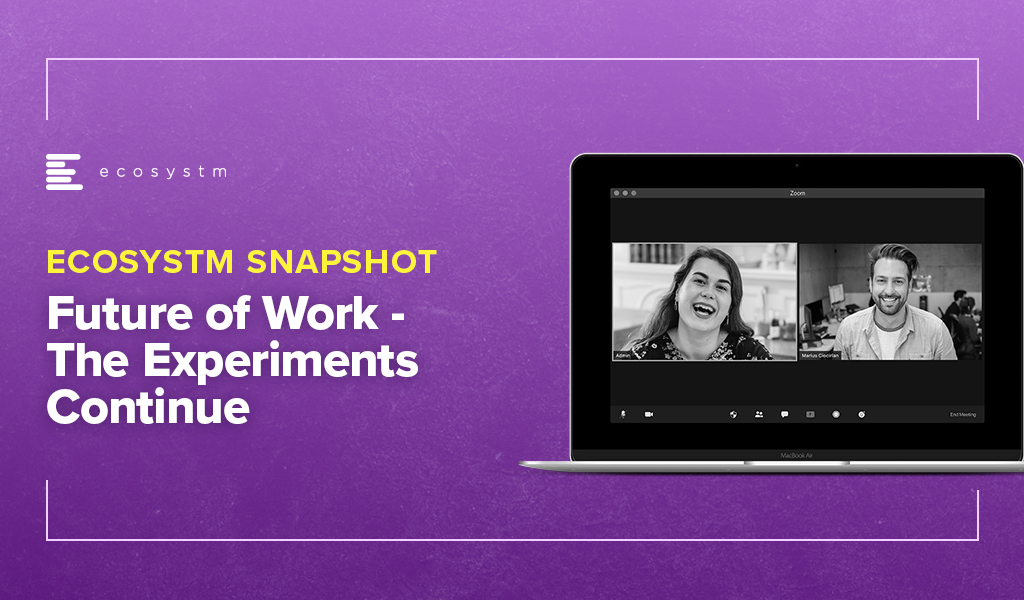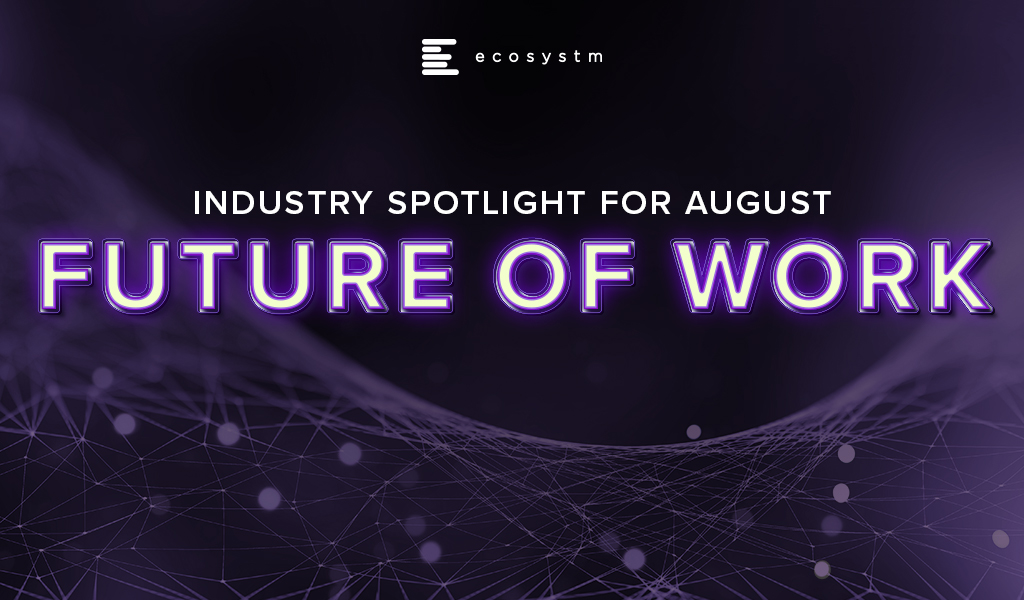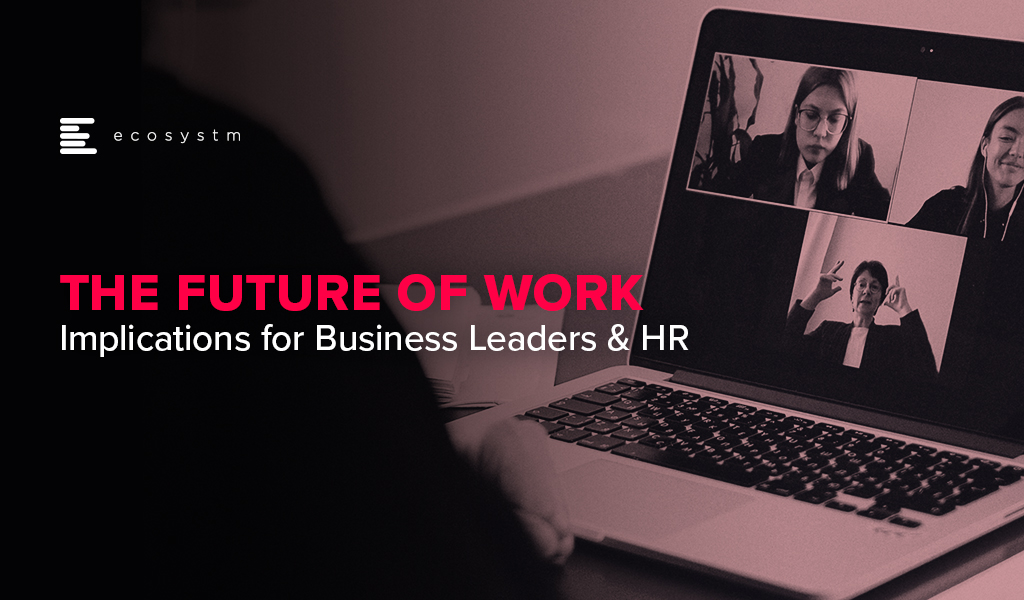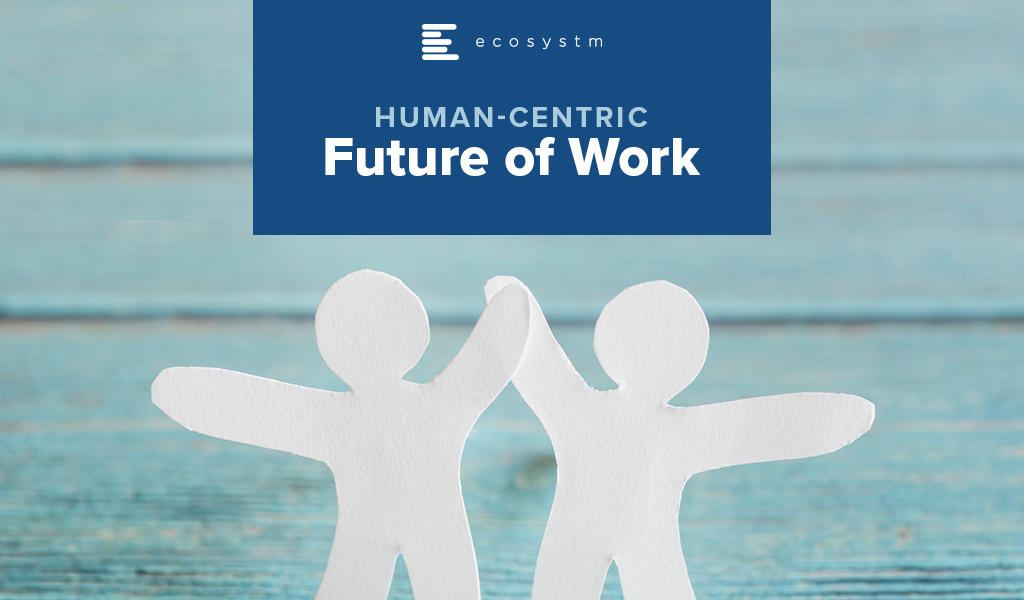
Organisations across the world are experimenting with what work model would work best for them in 2021. The last week saw several announcements that make it clear that irrespective of the model that becomes prevalent, remote working and the hybrid/blended work model are here to stay.
Remote Working Remains a Reality in 2021
The reduced demand for office space has led companies to re-think their lease renewals and physical space requirements. Deloitte has announced that it will close 4 of its 50 offices in the UK. The four offices in Gatwick, Liverpool, Nottingham and Southampton employ around 500 people who would be allowed to move to other locations or offered permanent remote working options. Ecosystm research finds that about a quarter of global organisations expect to reduce commercial office space in 2021.
Most organisations have introduced remote working options till the end of 2020 and beyond; while some others have made working from home a permanent option. Organisations will have to re-evaluate when employees can be realistically expected to come back into the office, and many will extend their work from home policy. Amazon recently announced the extension of its work from home policy till June 2021, from January 2021. Other organisations are expected to follow suit as the virus continues to be active in many countries.
The Experimentation will Continue
Companies will continue to enable seamless collaboration that spans across virtual and physical realms. But what will be important is to see how organisations can successfully incorporate a remote working culture across its different locations. Dropbox has announced a new ‘Virtual First’ remote working policy which includes features such as the ability for employees to decline unnecessary meetings, and a way to open source their learnings with the wider business community. Dropbox will still retain some physical spaces called Dropbox Studios, that will either be repurposed office space or entirely new spaces designed for meetings, group events and special offsites. The core collaboration hours will typically be between 9am-1pm, as employees are no longer expected to be in the same locations or time zones.
Ecosystm Principal Advisor Ravi Bhogaraju says, “Flexibility (Work from home or Office Anywhere) is a company strategy and not a tactic. It needs to be evaluated within the context of the overall strategy of the company, how it creates value and how technology and talent can help provide better customer experience.”
Another experiment that was announced last week was Dubai’s efforts to revive its tourism industry. Remote working has been associated with stress and organisations are increasingly having to monitor employee emotional well-being. To overcome this, Dubai is inviting overseas remote workers to expand their workplace and remote working environment. Dubai’s new remote working program is welcoming remote workers with a valid passport, health insurance, proof of employment and a minimum monthly salary of USD 5,000 to visit and work from Dubai. Programs such as these highlights the potential change in the work environment that we might witness.
Talking about the implications of such moves on organisations, Bhogaraju says, “having everybody as free agents within the network working from anywhere – without fully enabling the process and workflows across teams and the entire organisation – will require a lot more patching or coordination. It can impact the customer experience, and also opens up the firms to compliance, tax and regulatory risks if not carefully managed – especially when cross-border work is involved.”
With experiments such as these, it will become even more important for organisations to ensure that they have the right technology in place that can not only ensure seamless access to company resources irrespective of the location of the employees but also that IT and cybersecurity teams are not overburdened by the need to secure the endpoints and network.
Other Factors to Consider
While organisations must keep working on understanding the right model that will work for them, there are some other factors that they should consider.
Ecosystm Principal Advisor, Mike Zamora says, “what employees are learning is that their home expenses are increasing – E.g. electricity, connectivity costs, and even food where employers have previously provided snacks, beverages and lunches. Increasingly this needs to be addressed by Businesses in order to maintain a strong connection with employees. If not, when the economy recovers, companies might find their talent moving to other companies.”
“As some companies have limited return to the office, the Business and Employees have learned what is essential to be completed at the office. This is usually collaborative tasks which cannot effectively be done through remote collaboration. In addition, there are some specialised assets (special work rooms for some industries) which cannot cheaply or effectively be recreated in the home environment.”
Bhogaraju also cautions, “an advantage of working from anywhere is that it opens up talent pools that were not available or accessible to employers before. However, without knowing what kind of employees would be needed to sustain the strategy on a mid to long-term basis the hiring would probably result in poor fit to the working environment – and lead to a spike in attrition as the employees would not be able to cope with the working arrangement.”
Download Ecosystm Predicts: The top 5 Future of Work Trends For 2021
The full findings and implications of The top 5 Future of Work Trends For 2021 are available for download from the Ecosystm platform. Signup for Free to download the report .







